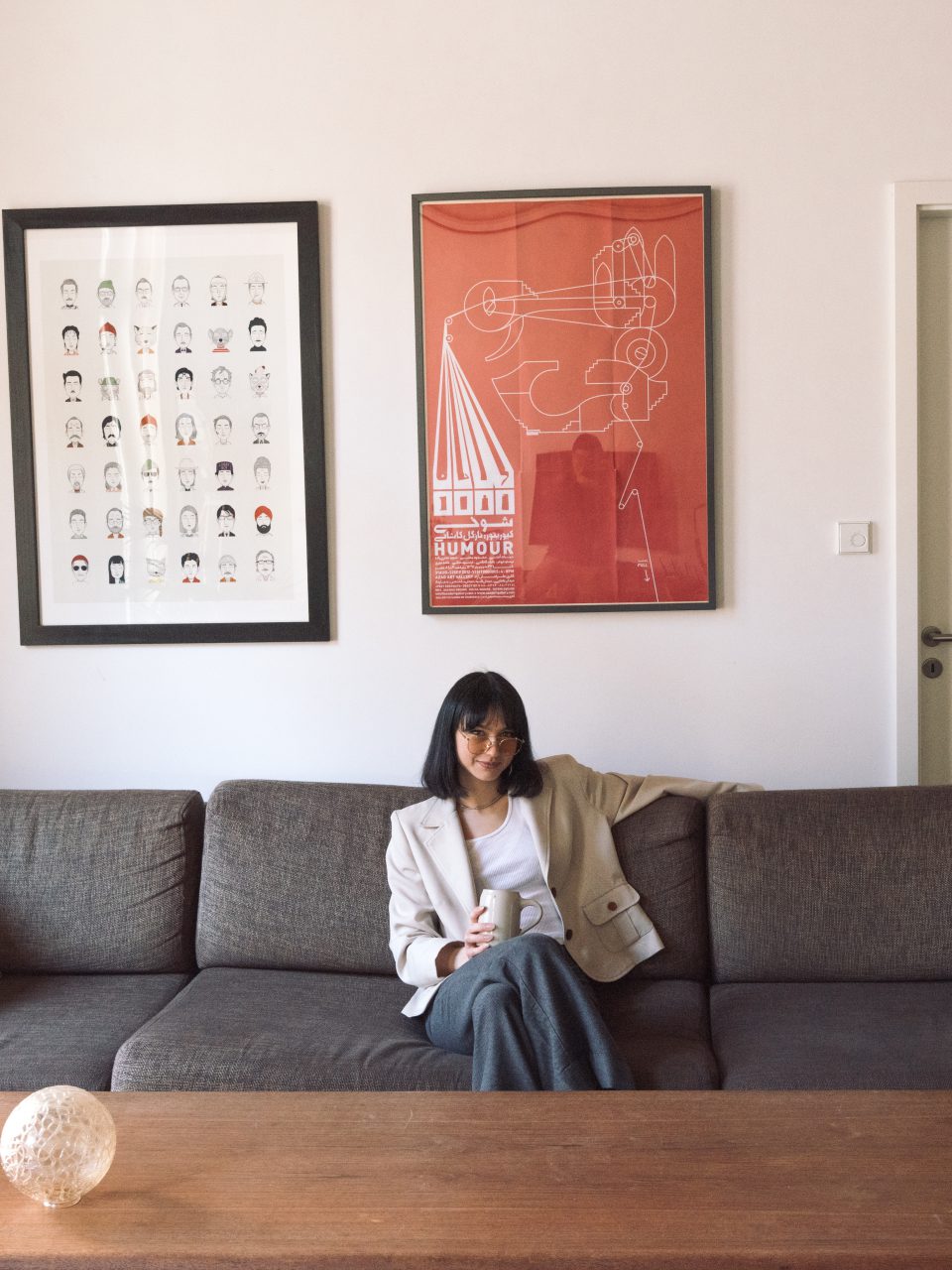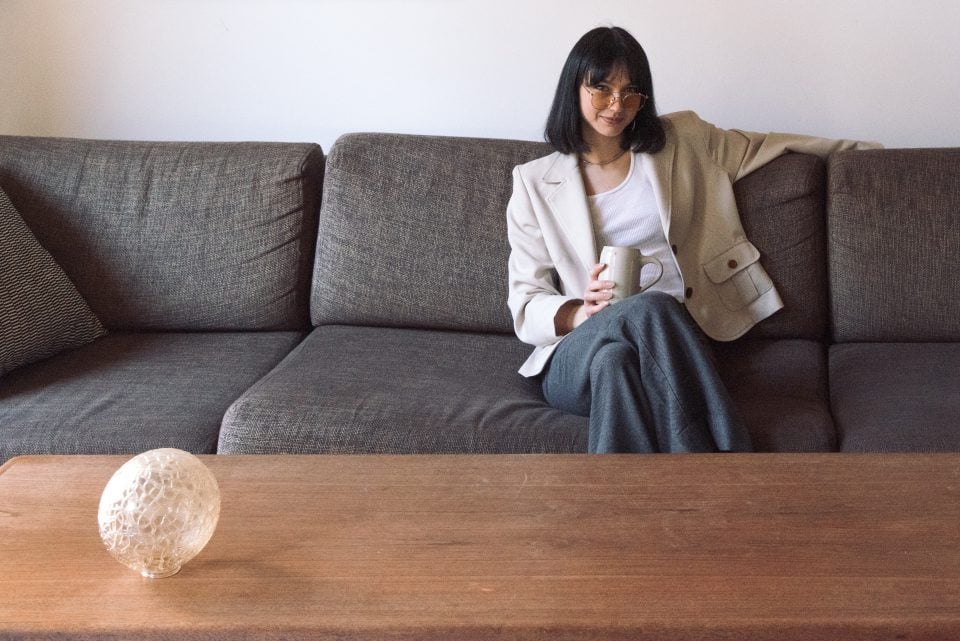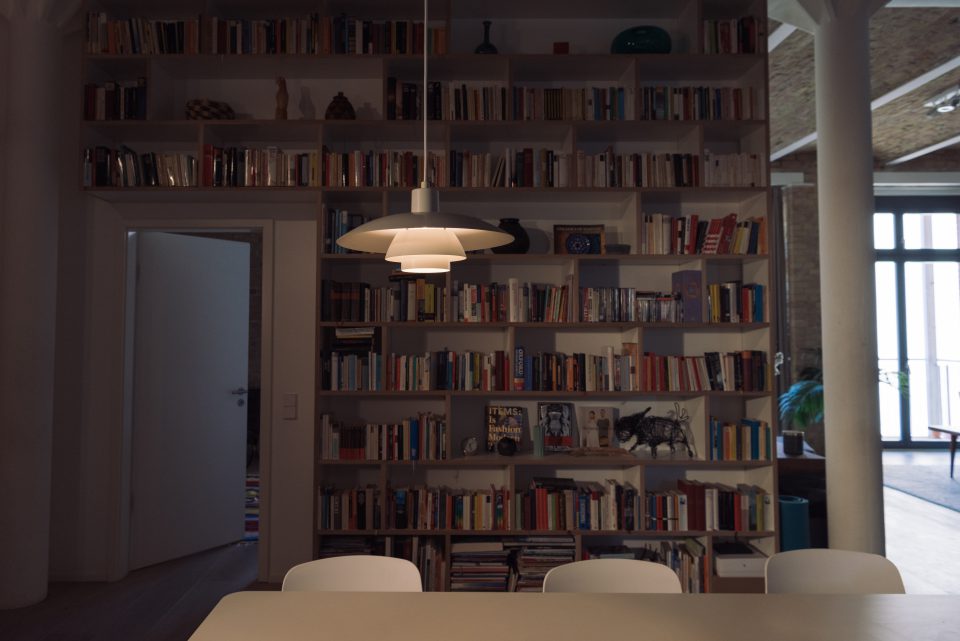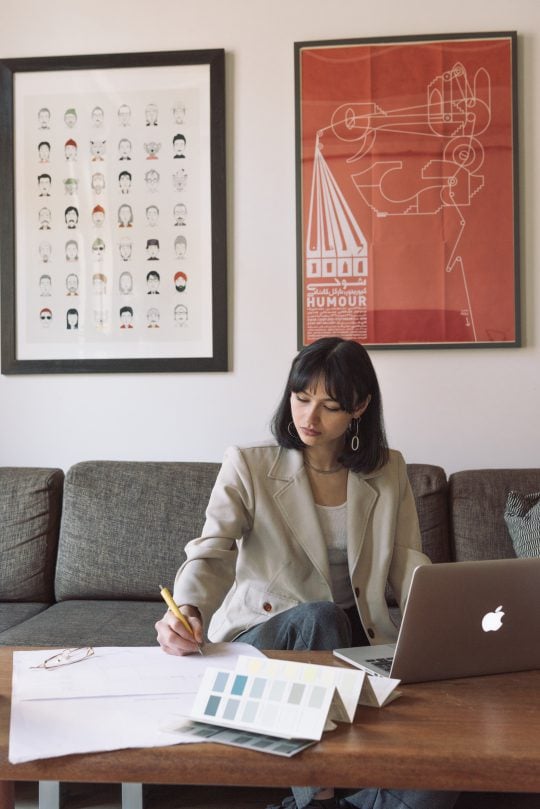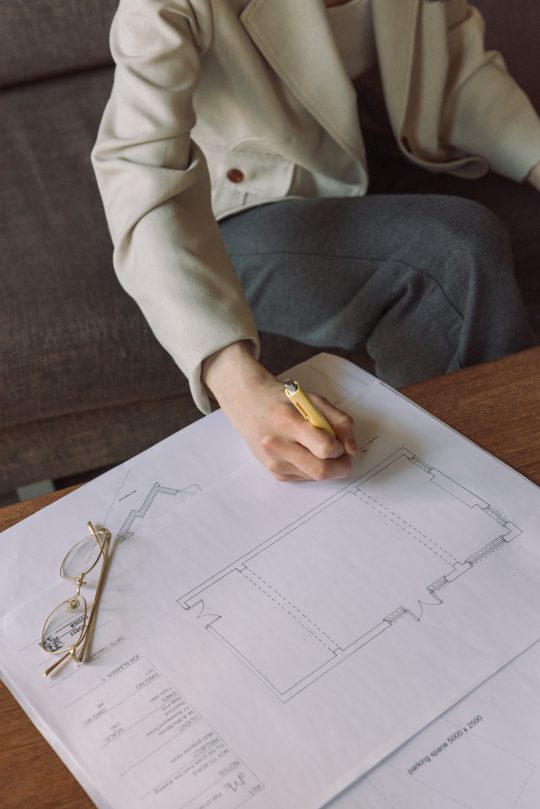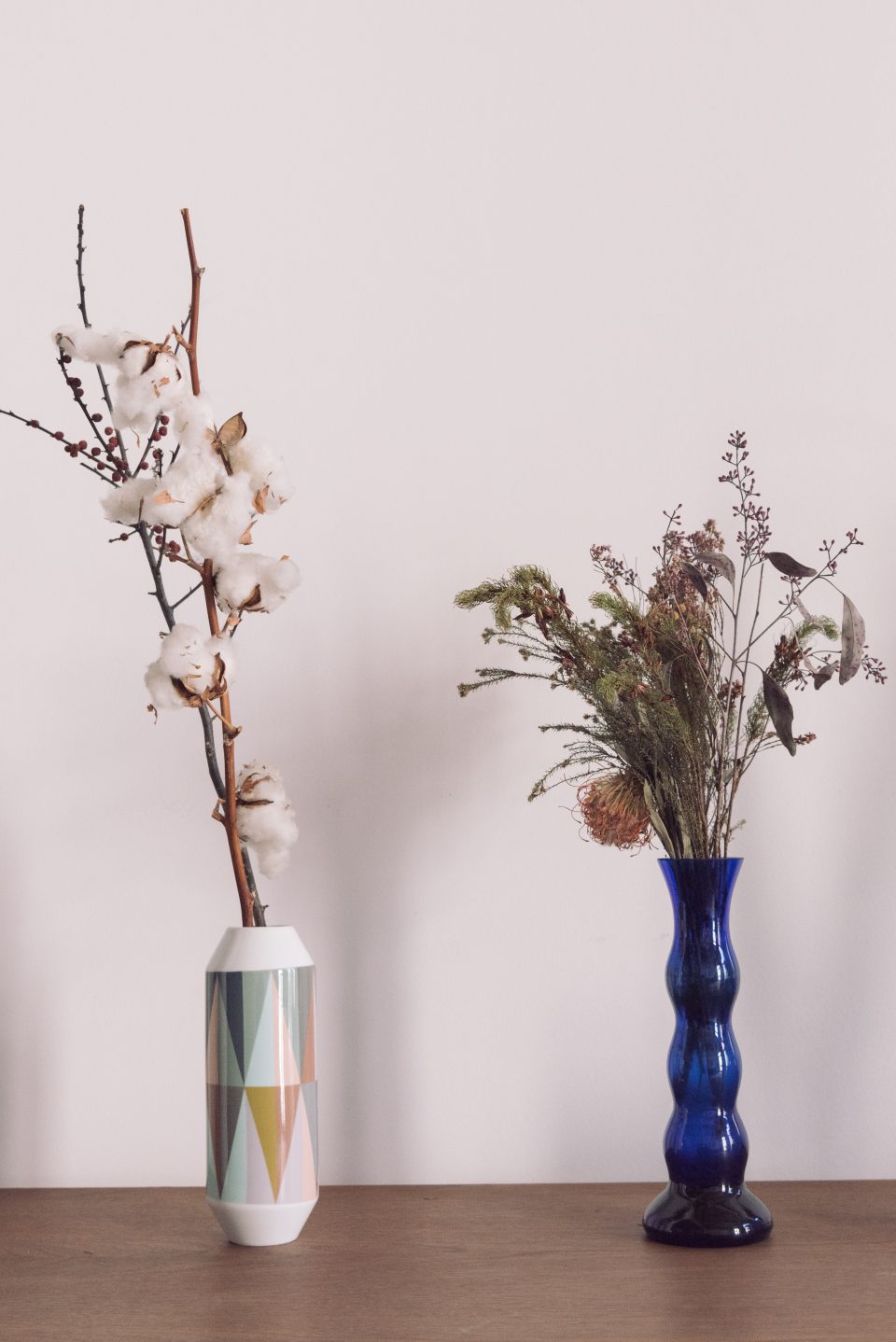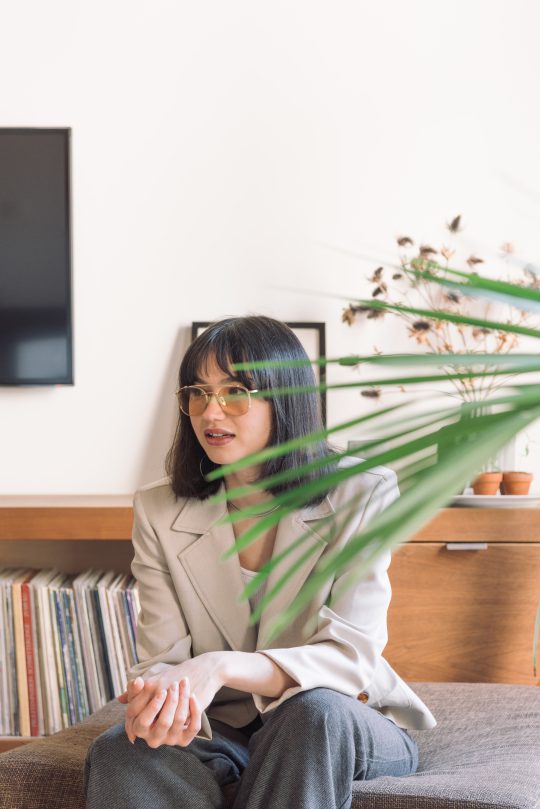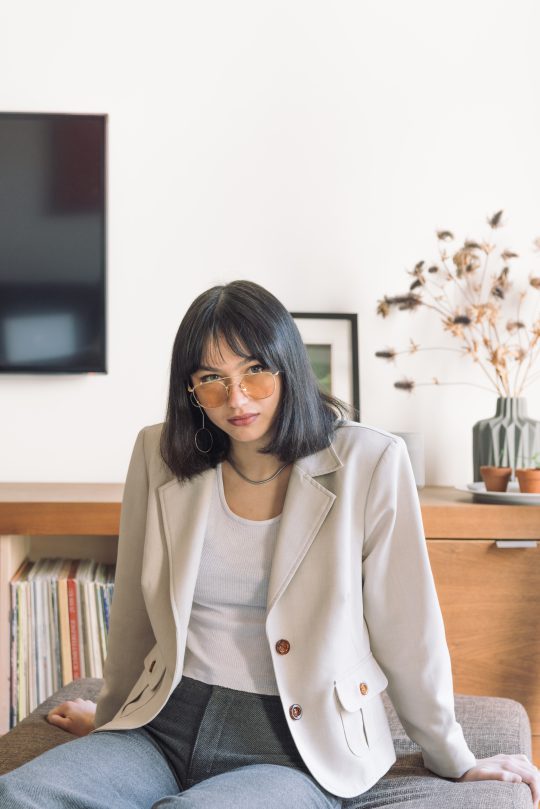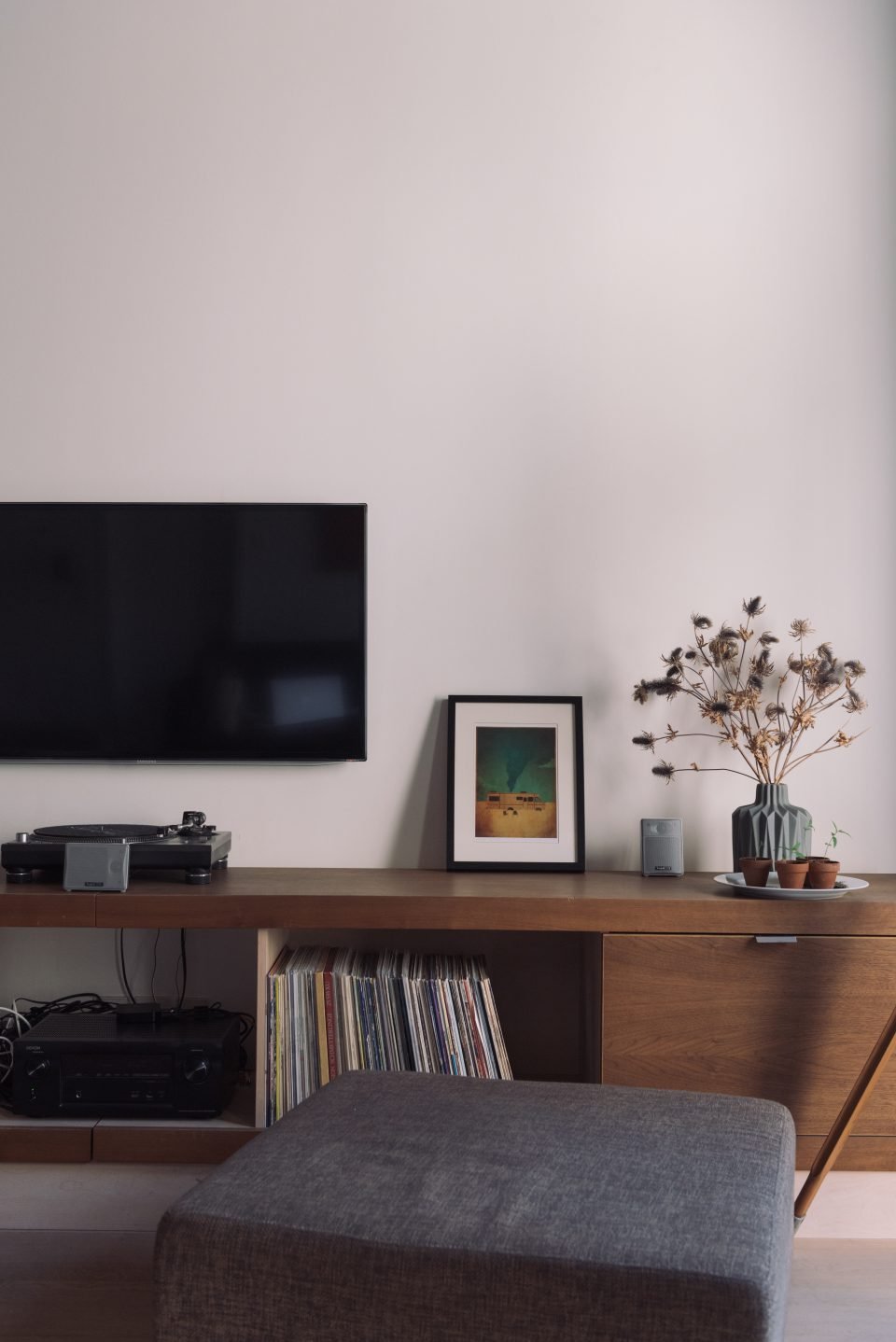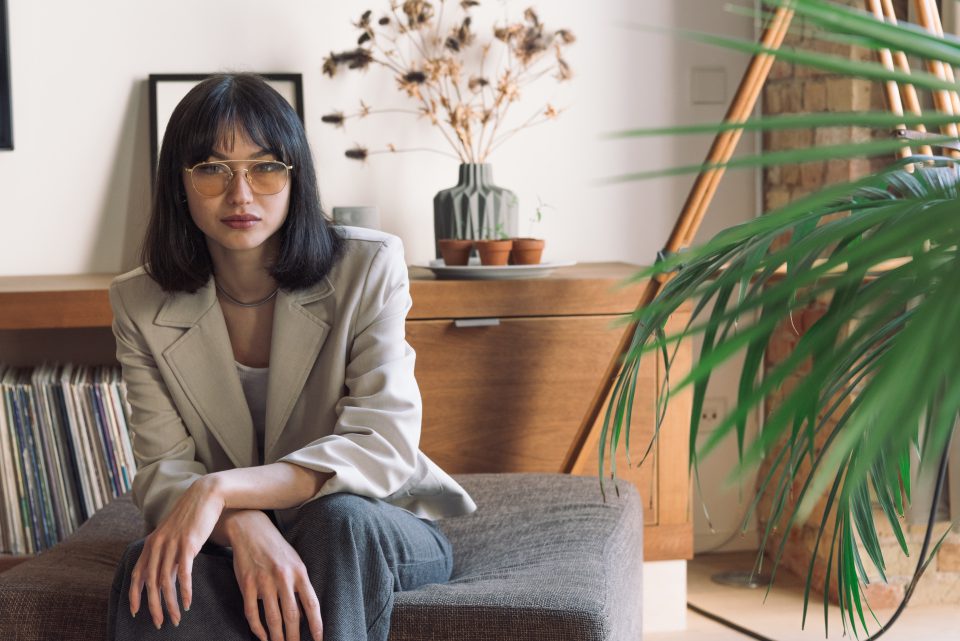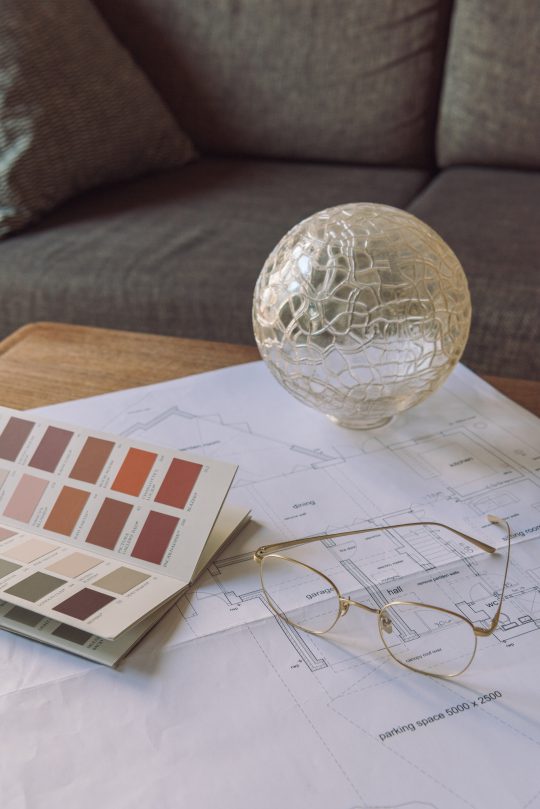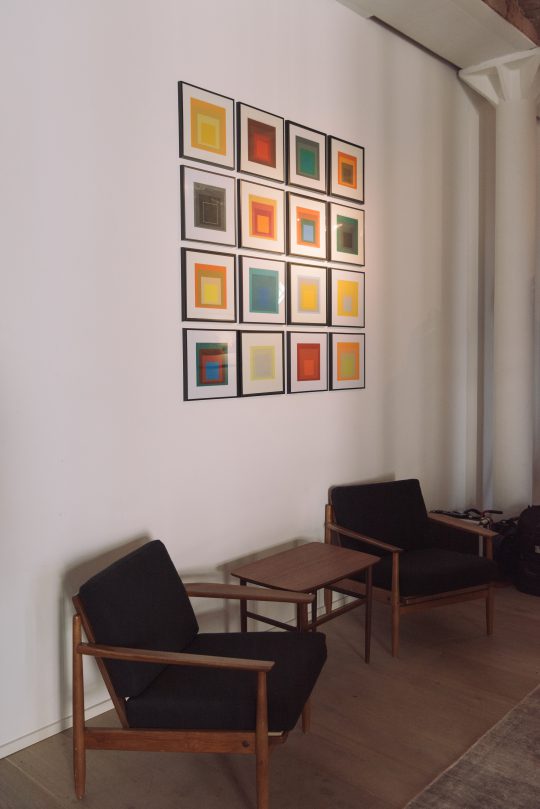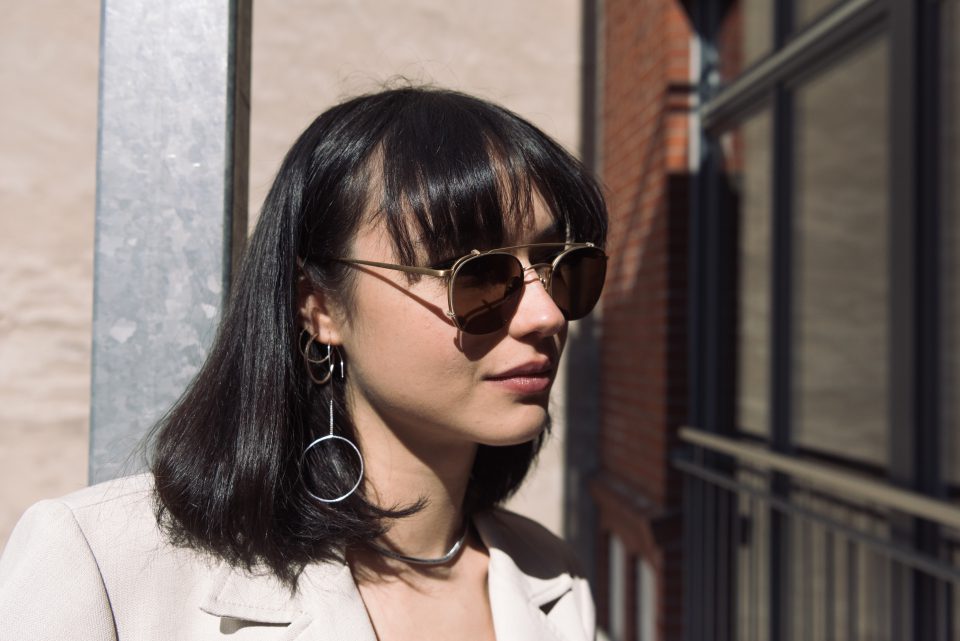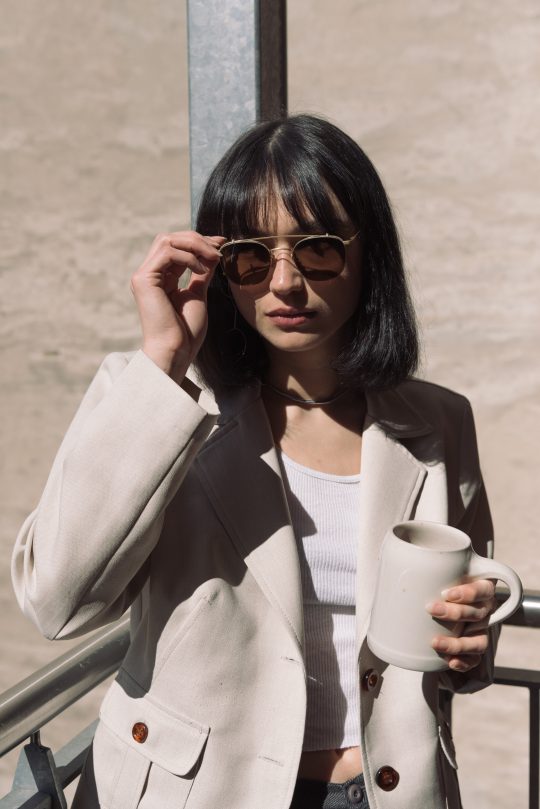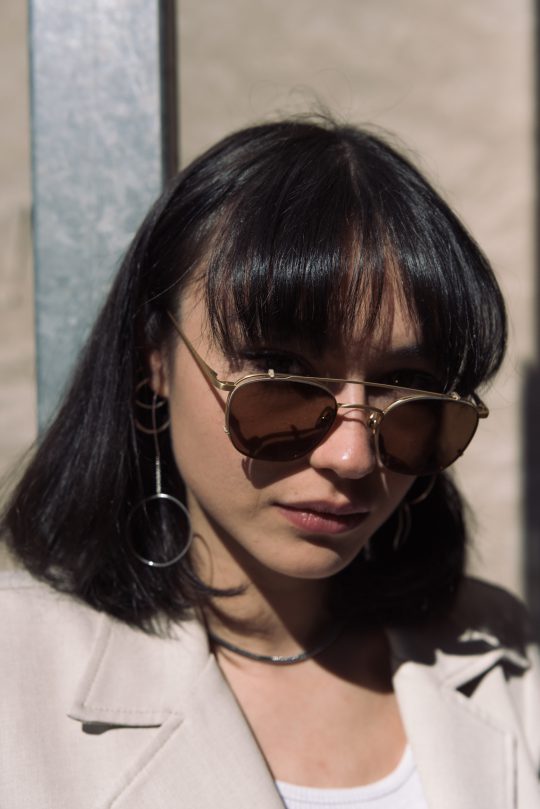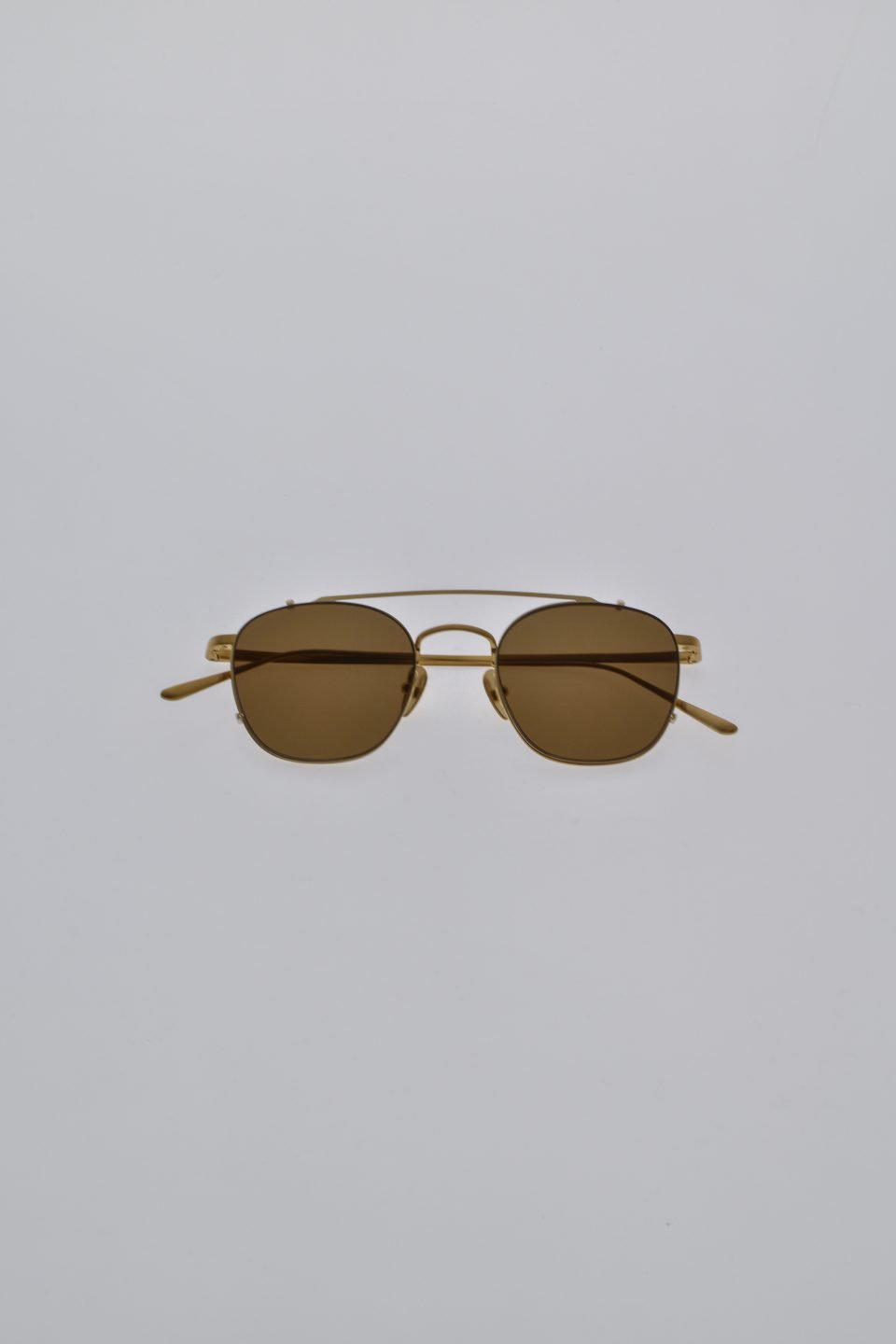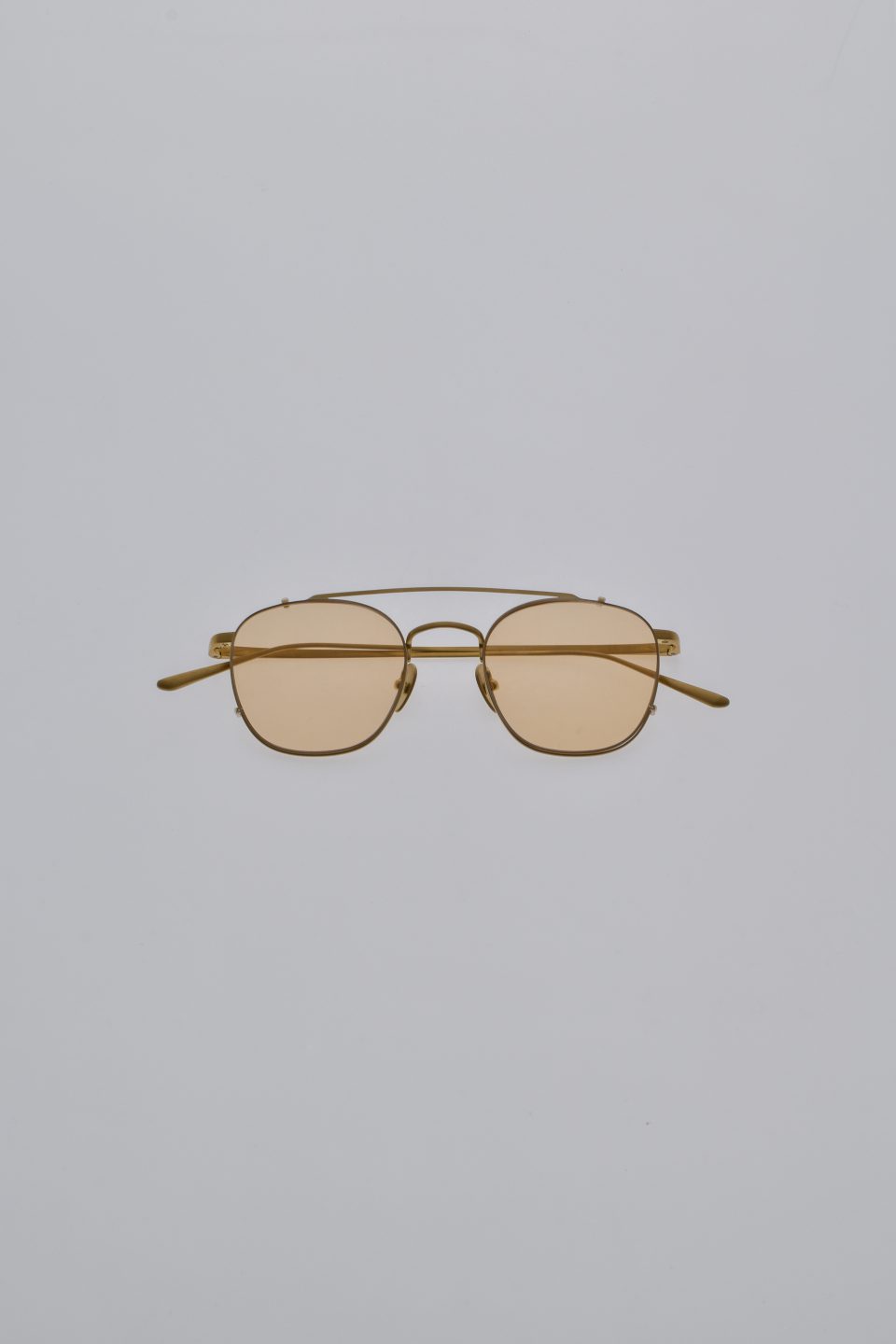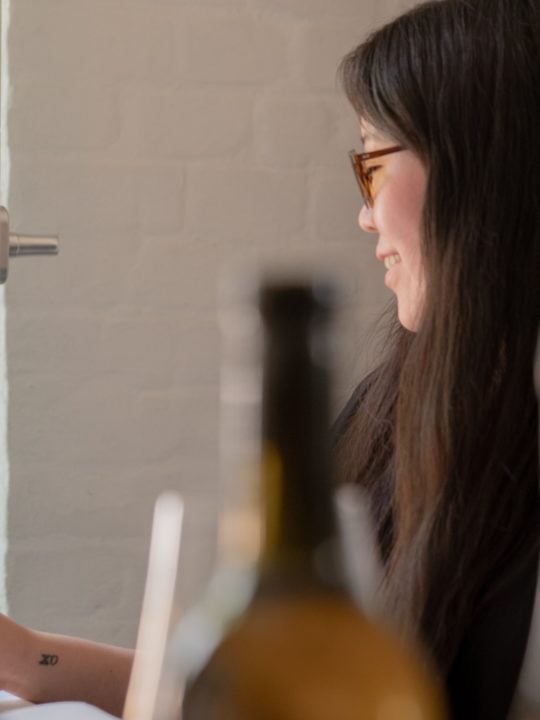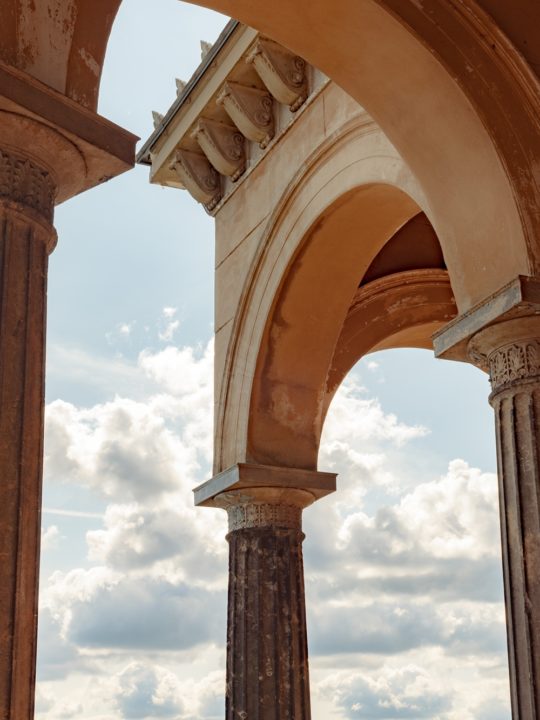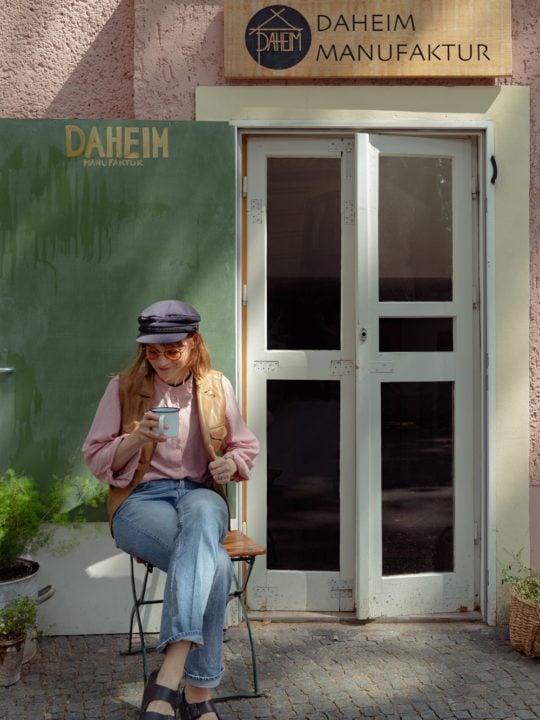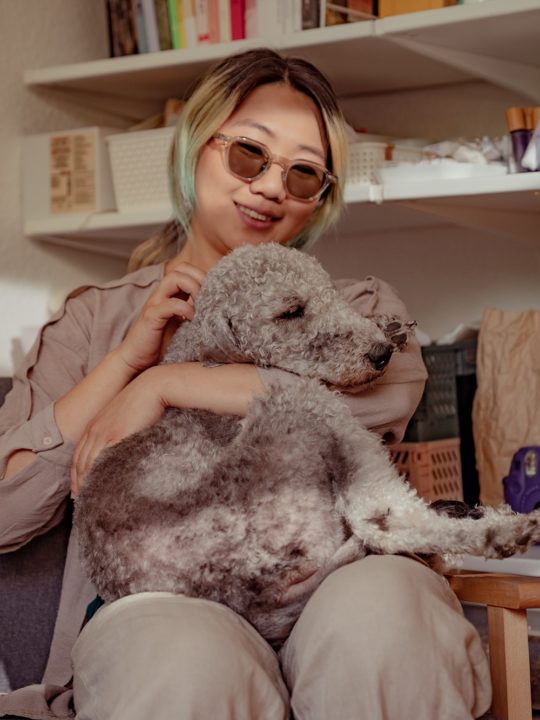MOOD, INTERIORS AND THEIR CONNECTION WITH AMY BRANDHORST
Amy Brandhorst is a Berlin-based interior designer, who strongly connects well-being with environment. Find out what she has to say on the connection between interiors and psyche.
On the psychology of Interior Design, well-being and why we’ll always return to nature.
The ancient Chinese have a deep-rooted belief in the art of harmonious spaces, and tidying expert, Marie Kondo embodies a somewhat modern revival of Feng-Shui with her magical decluttering methods. Both things encourage the understanding that the way you construct and furnish your living environment has a profound impact on ones mindset.
Amy Brandhorst is just 24, and has spent her life between the crowded metropolises of London, Leeds and now Berlin. However, as she opens the door of her striking, high-ceilinged Kreuzberg apartment and offers a warm and attentive greeting, you get the sense that she is a person for whom the phrase ‘inner peace’ is as important in the home, as it is to the spirit.
‘Do I look YUN enough?’ she jokes, as we’re welcomed in.
For Amy, her affiliation with interior design was realised at a young age. Moving around so often throughout her childhood, meant that the renovating and decorating of old, crumbling houses into spacious, inviting homes was a common observation- and one that she watched acutely. Sometimes she would even move around the furniture in her parents lounge to present her ideas and new lay out to them.
This connection and curiosity endured into a deep knowledge and passion for interior design and currently, far from rearranging the sofas in her mums sitting-room, Amy runs her own Berlin-based business, designing cafes, apartments and for the likes of Adidas, too.
She also co-runs award-winning blog and design service, Topology. Described as ‘the UK’s home of affordable design’, Topology which is ran by both Athina and Amy, offers design packages and services for smaller budgets and has been praised by the likes of The Guardian and The Times.
As we make our way through the flat, where four other Berliners live, the arched beams and exposed brick are reminiscent of something industrious; the space was once an old piano factory, Amy explains. There are hints of her taste throughout the apartment though, knowing her personally, I can attest to her love of all things spherical and count at least nine ball-shaped ornaments around the room.
Whilst balls and the bombastic style of the 70’s are personal style favourites, she is careful not to implement her own taste when it comes to client work, focusing intently on creating environments catered to distinctive needs instead. She offers up a unique perspective on the field explaining with warmth and passion how certain colours, shapes and patterns in a room can affect different psyches, mindsets and personalities differently.
We settled into her cosy, mocha sofa, on a sunny spring afternoon to find out more about her career, interior design and it’s intrinsic connection to well-being.
Why interior design?
I was always really into art and an avid painter and I was obsessed with fabrics, sewing and tangible things around the home.
I moved house five times when I was growing up- my mum was a property journalist and she would take me to see houses for sale for fun and we would pretend we were buyers. I became familiar with different types of housing projects and every time my parents would move house they would go for something old and crumbling and completely change it. I remember one of the houses had this awful khaki and brown swirly carpet!
I suppose interior design is like art and property together- as I got older, I realised it was the best career choice for me.
What brought you to Berlin?
I came here and took a job at a property company- I wanted to be in a city that is different to London. If you’re from London and go back there when you’re older, you end up getting stuck in this London focused bubble. I came back here in 2016 and I planned to stay here for one year but I ended up going freelance and it went quite well!
It’s not so much of an interior design city, but the landscape of the interior design in Berlin is definitely awaiting a change.
I think it’s an exciting time to be a designer here in Berlin.
How would you describe your taste in interiors?
I love 1970’s interiors. The style that I implement is different to what I like though. I really like bold interiors, bold colours, oversized pieces like vases and big lights…
I always like to have something slightly humorous in the room, but not in a tacky way.
Do you consider any trends to be totally timeless?
Definitely Bauhaus!
What do you love most about your job?
When i’ve finished a space, I love it when a client gives me feedback and say they love it aesthetically or it’s really helped them in one way or another- if it’s improved their quality of life. I’m a huge believer that your space affects your psyche and mood.
We’re really interested in what you have to say about the association between moods and interiors. Could you tell us a little bit about that?
I worked with an interior psychology expert last year and learnt so much about wellbeing and interiors through her, it’s incredible how the colours and shapes you choose for your home affect you.
If you are an anxious person for example, you should try and avoid angular or triangular shapes in your homes, in art, in patterns, a rug etc, anything angular can evoke a sense of discord, and can make you feel anxious and it’ll heighten that anxiety.
On the flip side, spherical objects are scientifically proven to make you feel calm, so if it’s a mirror, or a light, or a vase, these spherical objects are conducive to a calm and tranquil atmosphere.
But you do have to take into account the history and the life of the person. For example, red represents anger and lust and heightened emotions, but obviously if someone has always had a calm room that is red in their home, or their favourite sweater is red, if it’s comforting for them, they might feel comfortable in a big red room.
At the end of the day we are animals and we feel more at ease generally when we have natural materials around us…so woods, concrete, stone, cotton, wool. If you have those fabrics and materials you are proven to be more relaxed.
It’s that connection to nature- bringing the outside in because that’s where we come from and essentially where we feel at home.
YUN champions the concept of minimalism, how can renters or homeowners strive to maintain a sense of minimalism in their homes?
One of the biggest ways to de-stress is to remove clutter. It’s obvious but such a huge game changer for having a peaceful home and the sight of it and knowing it’s there is really stressful.
There’s a William Morris quote that goes something like ‘Have nothing in your houses that you do not know to be useful or believe to be beautiful.’
I want to implement this, but nowadays we have so many objects. It’s so interesting what Marie Kondo says- she’s evidence of how important these themes are about letting go of huge materialistic behaviours.
I have a rule of three for any of space.
Limit yourself to three colours, one is an accent. Grey. white and wood for example. This doesn’t look boring. A rule of three materials but try not to mix it up too much, wood, metal and concrete for example.The same goes with lighting; they say every room should have three different types of light for a cosy atmosphere, so that could be natural light, a base light, and then another light not just the top light- like a floor lamp, lamp, candles etc.
In terms of minimalism, just be as serene as you can with your organisation things.
One thing renters can do is to lift things off the ground, shelves, hooks etc, lifting up of physical objects set something free, looking upwards.
With an interiors business and a blog to run, as well as a handful of interiors projects and occasional workshops, how do you keep your balance?
I don’t do yoga or anything like that, I just really make sure that i have time for myself. Most days I do some kind of headspace, I’ll have about half an hour in between meetings and i’ll do something nice like read, go for a coffee, take a stroll. I think i really value that time alone…I love the feeling of no one knowing where I am or what I’m doing.
Do you know of any hidden gems in the city?
SEZ- It’s this GDR swimming pool and sports centre in former east Berlin, it’s the craziest building- it looks like an 80’s spaceship. You can go there for ten euro for the day.
Also, Chausee 36, it’s incredible, you have to go!

